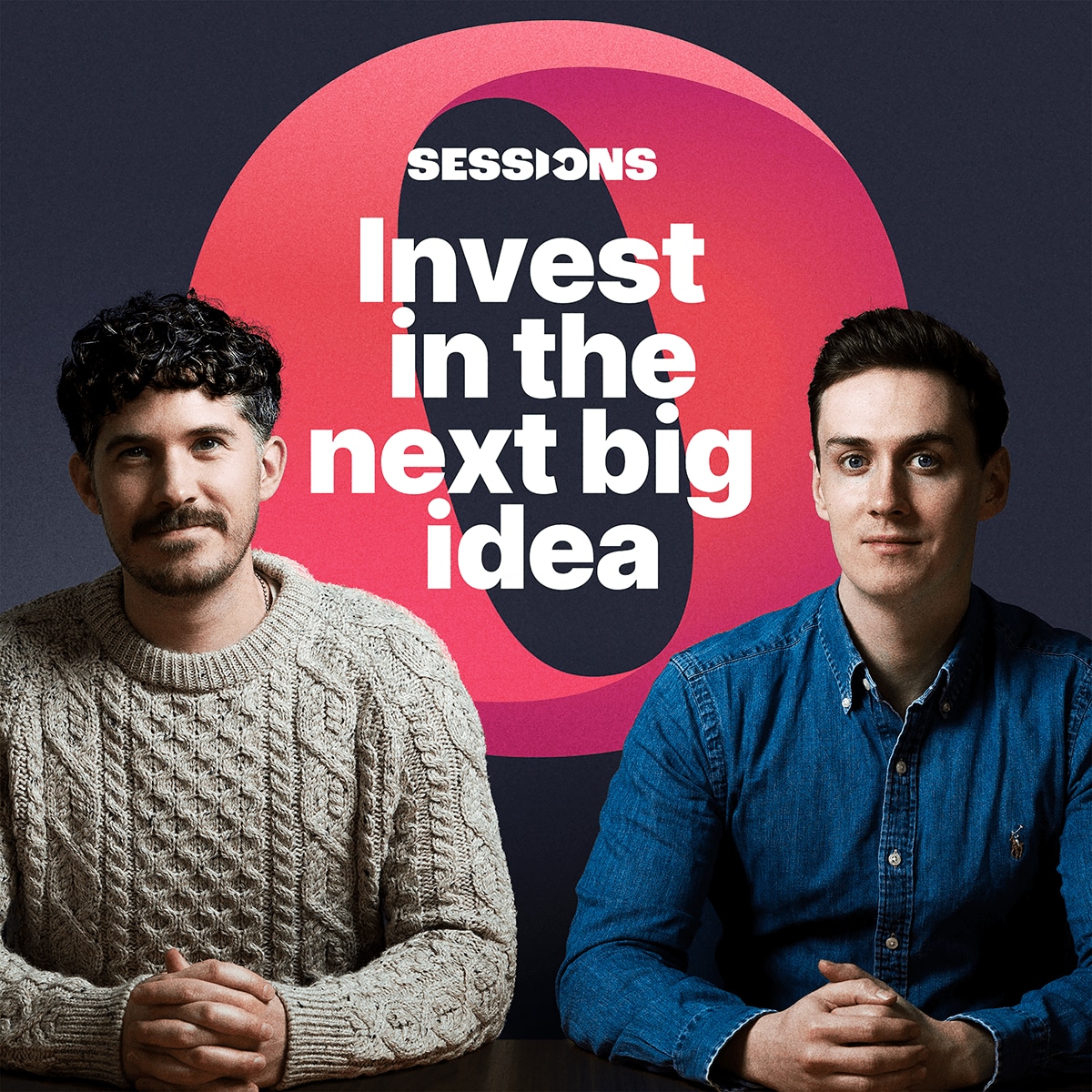Marc Stapley, CEO at Veracyte, joins OPTO Sessions to discuss the company’s use of AI and machine learning, its strategic focus on the cancer diagnostics cycle, and how its acquisition of MRD platform C2i expands this focus to the post-treatment phase.
Marc Stapley is CEO at Veracyte [VCYT], a specialist molecular diagnostics company that uses genomic sequencing technology combined with artificial intelligence (AI) and machine learning to develop tests for cancer.
Stapley began his career in finance, before entering the genomics industry by joining the company that eventually became Illumina [ILMN]. He started out as Illumina’s Senior Vice-President and Chief Financial Officer, but then moved into a more operational set of leadership roles including Chief Administrative Officer.
In 2019, he became Chairman and CEO of Illumina spin-off Helix — initially a population genetics company which then became a testing lab during the Covid-19 pandemic — before joining Veracyte as CEO in 2021.
Full Cycle with C2i
Veracyte is strategically focused on providing technology throughout the care cycle, from patients who are suspected of having cancer, through to patients who have undergone treatment for it.
The majority of Veracyte’s tests are in the middle of this continuum, says Stapley. “That is, prognosis and prediction, and a little in terms of diagnosis. Ultimately, our tests help determine the treatment path.”
In February, Veracyte completed the acquisition of C2i Genomics, a whole-genome minimal residual disease (MRD) testing company. This added the ability to screen for cancer recurrence to Veracyte’s portfolio.
Explaining how this acquisition sits within the company’s strategy, Stapley explains that, historically, Veracyte was able to help with the patient’s diagnosis, prognosis, prediction of the appropriate treatments and monitoring during treatment itself, but would lose patients once treatment was complete.
“With our acquisition of an MRD technology, we now have the opportunity to follow up the patient after they’ve been treated.”
The Sooner, the Better
Veracyte’s traditional focus area also excludes the early detection market, to which a lot of molecular diagnostics companies target their efforts.
However, Stapley acknowledges the importance of multi-cancer early detection tests.
They work, he explains, by detecting the fragments of DNA that tumors shed, and which then appear in the blood of patients. “With the really sensitive technology that we have available to us, you can actually see that very, very tiny signal in a lot of noise,” he says.
Identifying these signals at particularly low concentrations within a sample allows, theoretically, for the detection of cancer at very early stages.
However, while he is supportive of the technological concept of multi-cancer screening, Stapley is skeptical of how it is deployed. On the one hand there is the cost involved in routinely screening ostensibly healthy individuals. A greater concern, however, is the potential for false positives.
“If you tune that signal too much, and you’re finding potential cancer when cancer isn’t there, you’re putting the patient in the system through a lot,” he says.
However, liquid biopsies have significant potential for patients who have begun treatment for cancer.
“You know from the tissue what signature you’re looking for, so you can tune the algorithm more effectively to search for that exact signature after the patient’s been treated,” he says. This enables precise monitoring of the efficacy of therapies during treatment, and in searching for signs of residual disease once treatment has finished.
“That’s really where I get excited about liquid biopsy technology,” he says. This detection of MRD is at the heart of the reasons why Veracyte bought C2i.
The Data Flywheel
Veracyte decided early on that data would be key to success. Now, it can compare RNA expressions across more than 20,000 genes in every patient, and develop tests based on this data.
This enables Veracyte both to conduct better testing, and to drive further research and development.
“That’s the way the Veracyte diagnostics platform works: more data leads to more insights, which leads to more evidence, which leads to more real-world adoption.” This increased adoption in turn generates more data — every patient’s entire transcriptome is mapped — feeding back into this flywheel effect.
With data at the heart of its strategy, it is not surprising that AI and machine learning are core parts of Veracyte’s toolkit — and they have been for some time.
“If you think about the machine learning part of AI, the early utilization of machine learning in developing these classifiers and these genomic algorithms and biomarker-based tests — we’ve been doing that for years.”
Deep expertise in these areas allows Veracyte to apply long-established machine learning methods to its large datasets. And, following the surge in spending on AI technologies that has happened in the last two years, the company’s approach is developing further.
“Like everybody else, we’re looking at how the tools, capabilities and compute power around AI are evolving, and how that might lead to even greater and completely revolutionary ways of doing the science that we do.”
This has led to substantial investments into AI technology. The C2i acquisition is one example of this, as it gave Veracyte all the company’s AI expertise “in one fell swoop”.
The problems to which Veracyteis applying this new generation of AI include improving test quality, creating new tests, improving the patient and physician workflow, and improving itsown internal processes and efficiency.
Disclaimer Past performance is not a reliable indicator of future results.
CMC Markets is an execution-only service provider. The material (whether or not it states any opinions) is for general information purposes only, and does not take into account your personal circumstances or objectives. Nothing in this material is (or should be considered to be) financial, investment or other advice on which reliance should be placed. No opinion given in the material constitutes a recommendation by CMC Markets or the author that any particular investment, security, transaction or investment strategy is suitable for any specific person.
The material has not been prepared in accordance with legal requirements designed to promote the independence of investment research. Although we are not specifically prevented from dealing before providing this material, we do not seek to take advantage of the material prior to its dissemination.
CMC Markets does not endorse or offer opinion on the trading strategies used by the author. Their trading strategies do not guarantee any return and CMC Markets shall not be held responsible for any loss that you may incur, either directly or indirectly, arising from any investment based on any information contained herein.
*Tax treatment depends on individual circumstances and can change or may differ in a jurisdiction other than the UK.
Continue reading for FREE
- Includes free newsletter updates, unsubscribe anytime. Privacy policy


